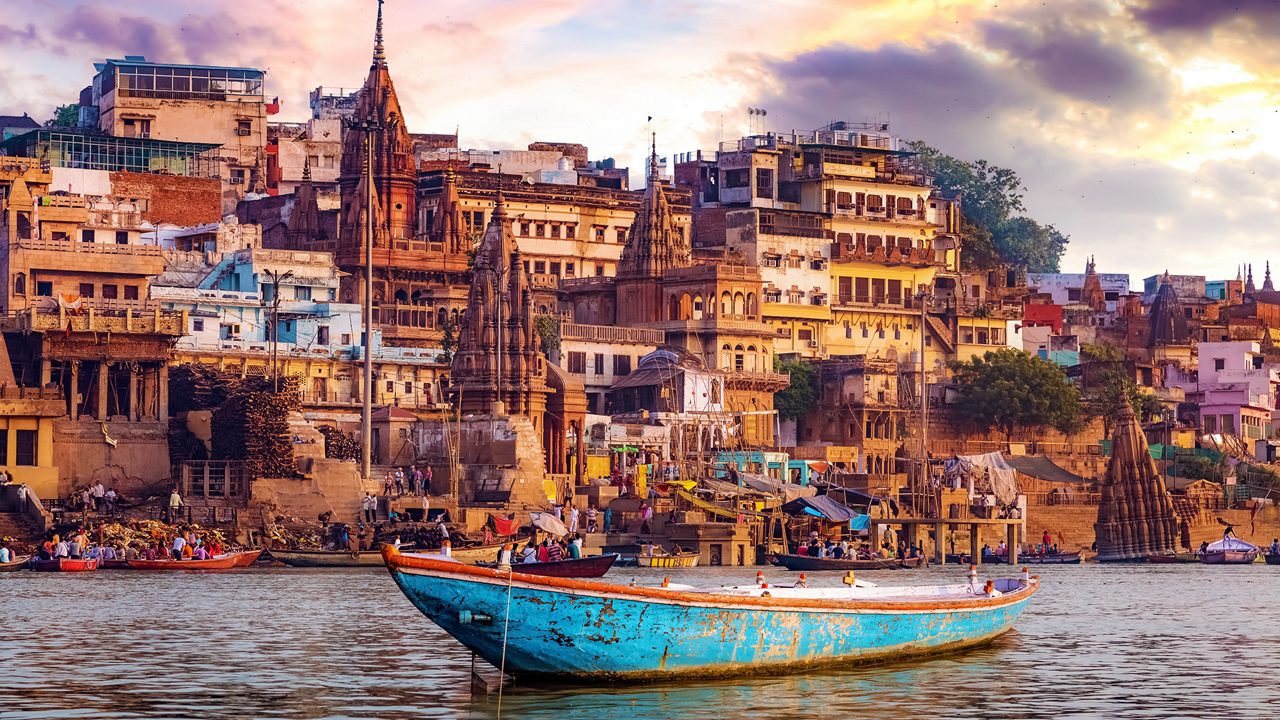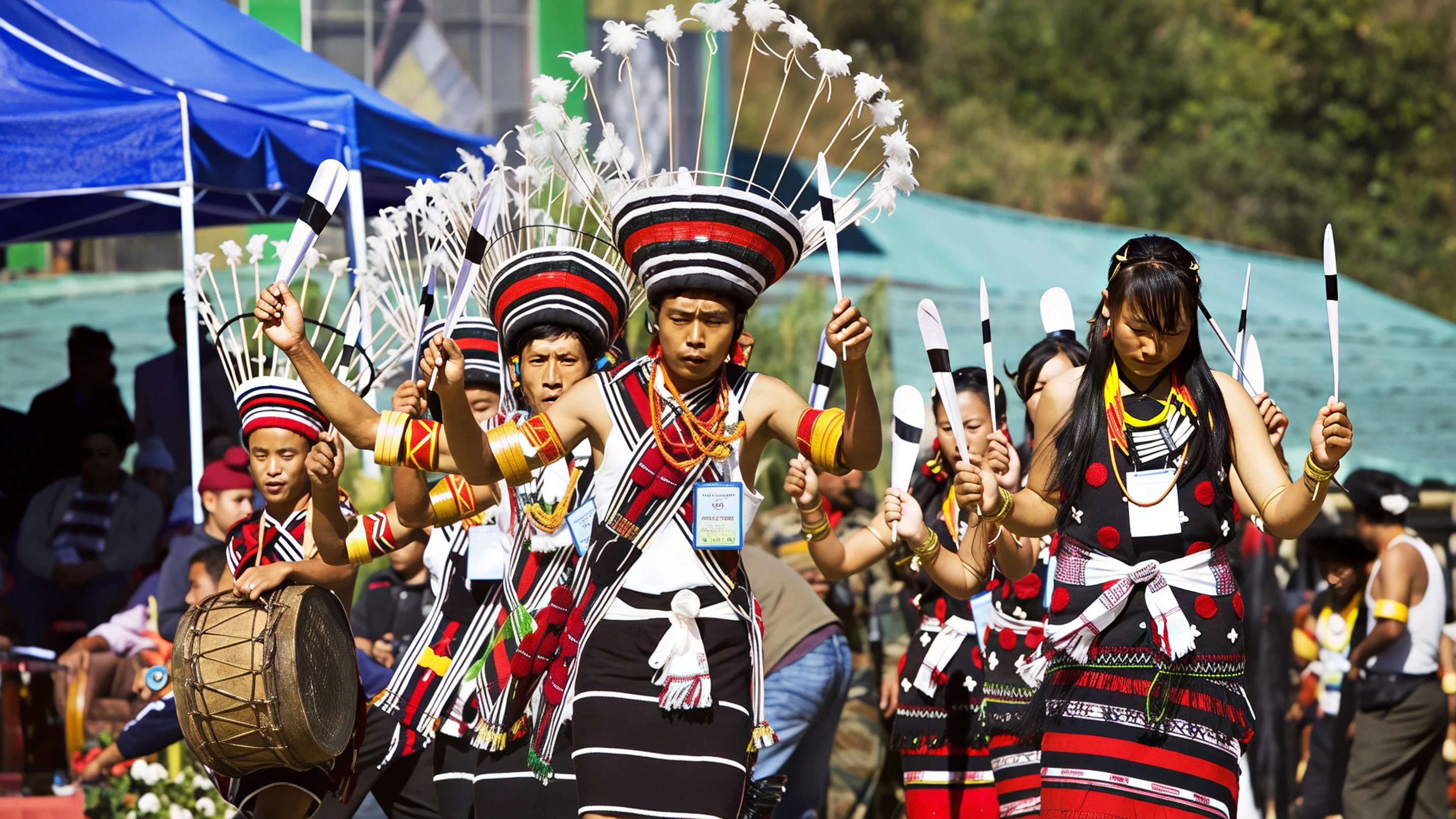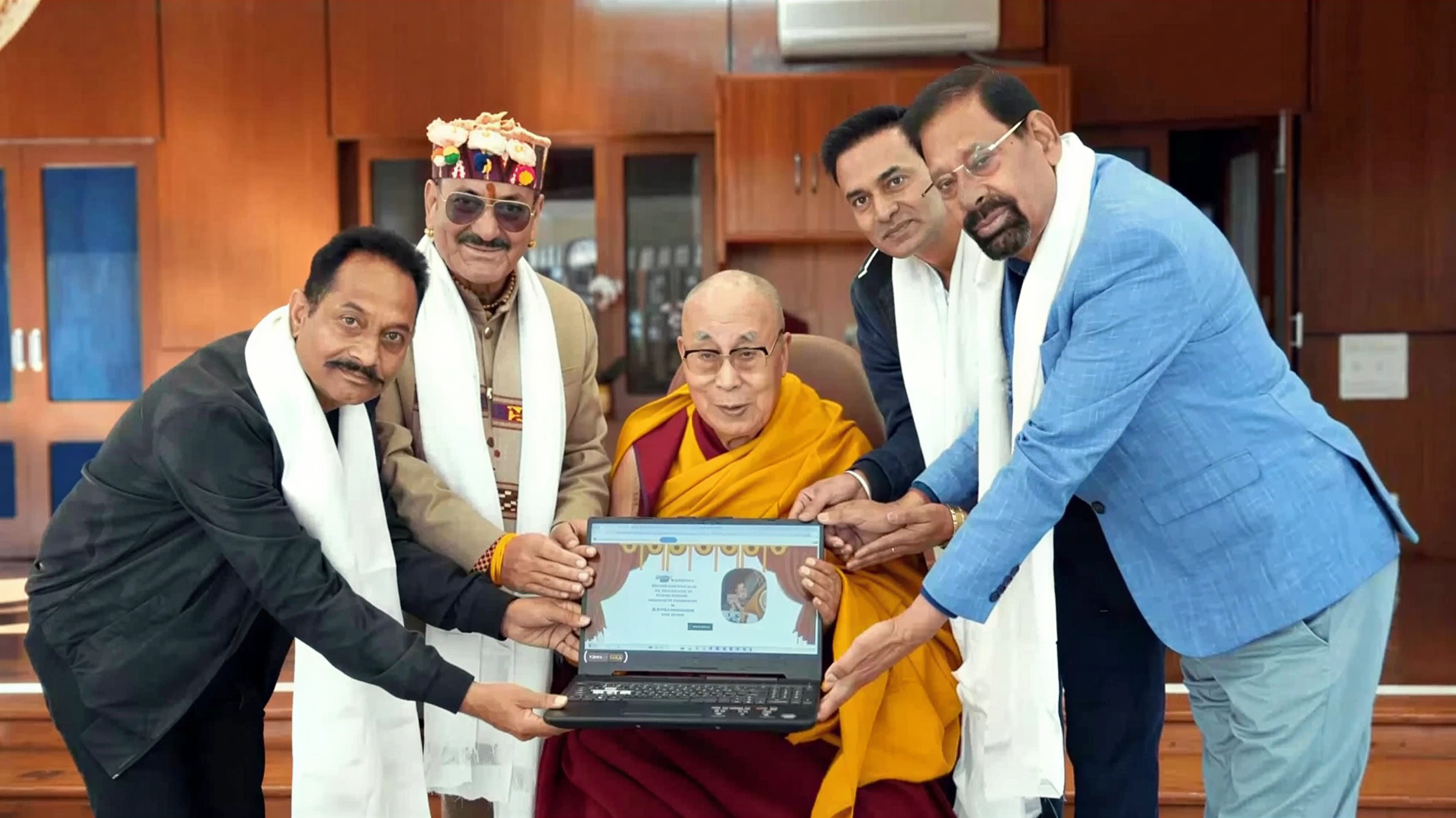In the heart of Varanasi, along the eternal flow of the Ganga, lies a place where life and death meet without fear or pretense. Manikarnika Ghat is not a tourist attraction in the traditional sense. It is raw. It is spiritual. And it is unlike anywhere else in the world. Known as India’s most sacred cremation ground, Manikarnika is where many believe the journey of the soul comes to a final, peaceful halt.
For centuries, Hindus have believed that those cremated at Manikarnika are freed from the endless cycle of birth and rebirth. This is not just a belief, it is a deeply lived faith. To die in Kashi and be cremated at this ghat is considered one of the highest spiritual blessings. It is a place where death is not hidden behind walls or sanitized with euphemisms. It is witnessed. It is embraced. And surprisingly, it brings peace.
According to the Bhagavad Gita, death is simply a transition. As the text says, just as we change clothes, the soul changes bodies. It is untouched by fire, water, or any physical force. The body may fall, but the soul moves on. This core belief is what shapes the atmosphere at Manikarnika.
The rituals here are deeply traditional and have remained unchanged for generations. The body is brought on a bamboo stretcher, wrapped in white cloth, dipped in the sacred Ganga, and then placed on a pyre of wood. There are no coffins or decorations. It is a return to the basics. Earth. Body. Fire. And silence. The eldest son lights the pyre, and chants of “Ram naam satya hai” fill the air, reminding everyone that only the name of the divine is eternal.

But Manikarnika is not just about ritual. It is about presence. Sadhus, spiritual seekers, and everyday believers live in Varanasi with one single goal, to die at Manikarnika. There are lodges and homes where people wait, peacefully, for their final moment. They do not dread it. They welcome it, with prayers and preparation.
Local lore also tells of a powerful belief that Lord Shiva himself whispers the Tarak Mantra into the ears of those who die at Manikarnika. This mantra is believed to be liberating, guiding the soul gently to the next realm. It is not a place of despair, but one of guidance. Where the divine meets the dying not with sorrow, but with support.
This ghat has a flame that has reportedly never been extinguished for centuries. It has been burning continuously, day and night, symbolising the constant movement of life and death. To stand here is to feel time stretch and dissolve. People come expecting discomfort, and instead find clarity.

Manikarnika teaches that life is not about how long we live, but how truly. It reminds us to forgive, to let go of grudges, and to see beyond our material possessions. In the face of death, only truth remains.
If you are spiritually inclined, a visit to Manikarnika is often paired with nearby sites like the Kashi Vishwanath Temple, Scindia Ghat with its submerged beauty, or the Ganga Aarti at Dashashwamedh Ghat which celebrates light even in the midst of loss.
What makes Manikarnika so powerful is that it does not shy away from the reality of death. It confronts it, honors it, and through that, teaches a deep respect for life.
For more stories on sacred places, cultural journeys, and real experiences from across India, follow Travel Moves on Instagram and Facebook.








